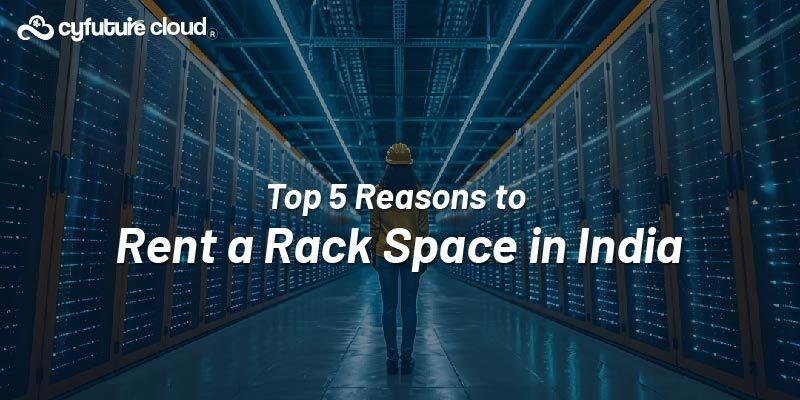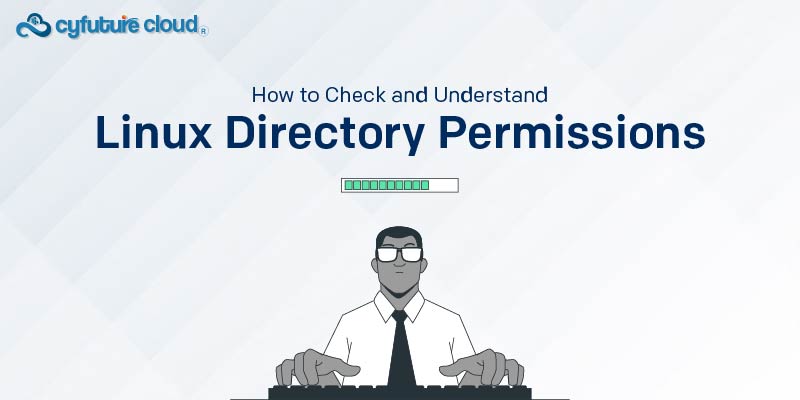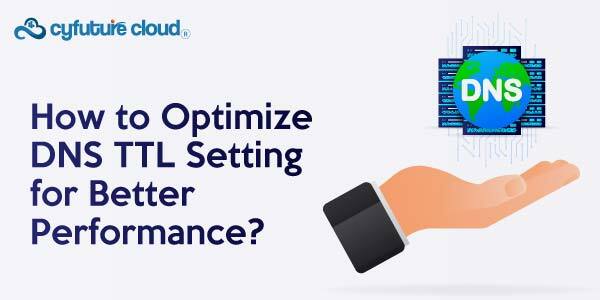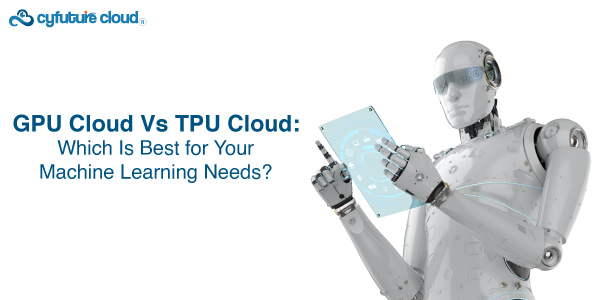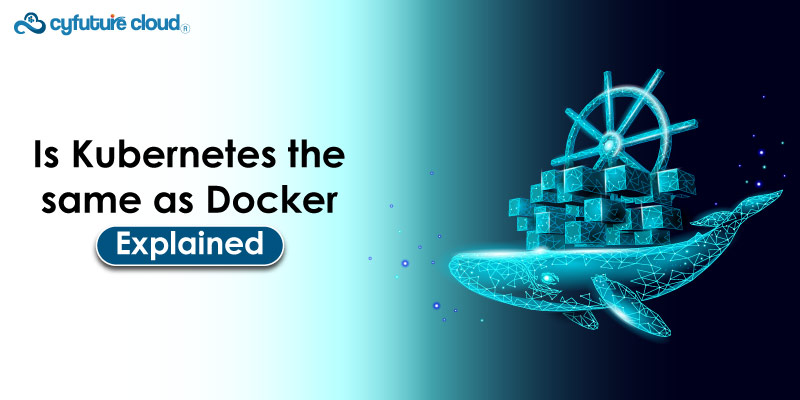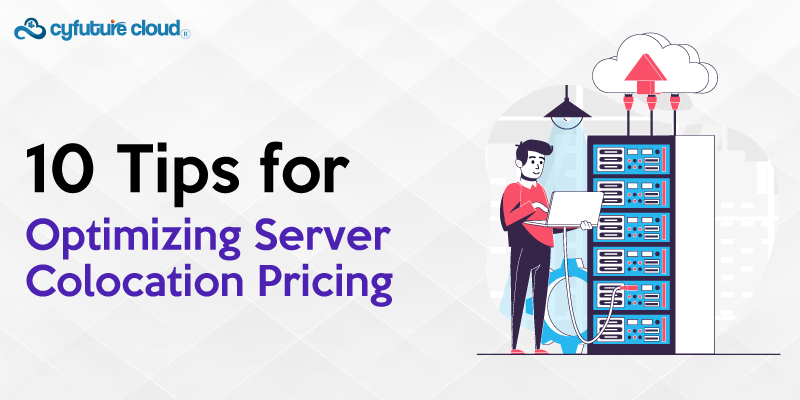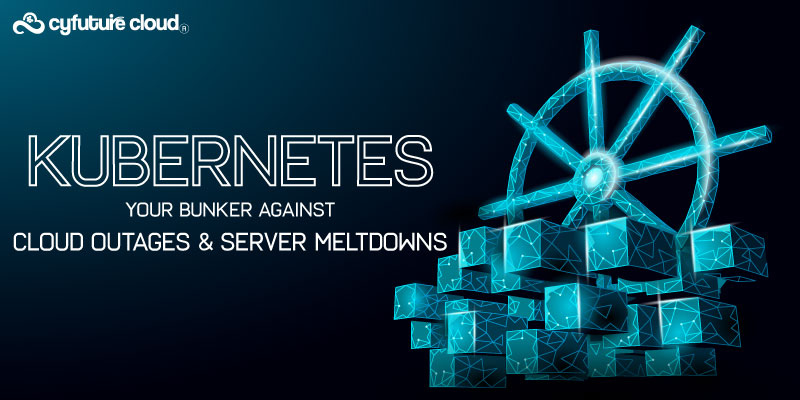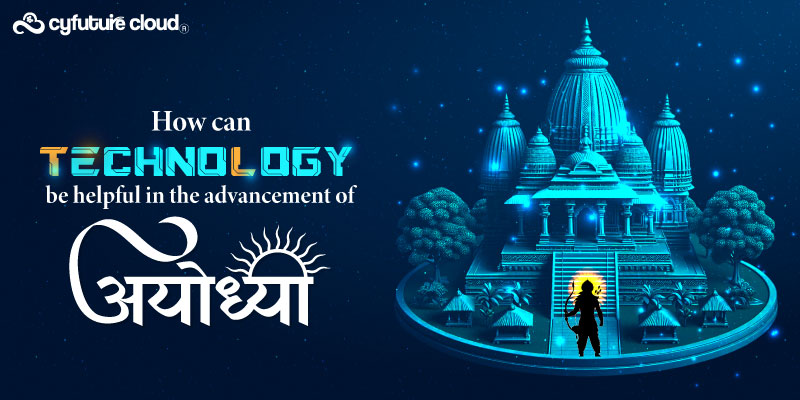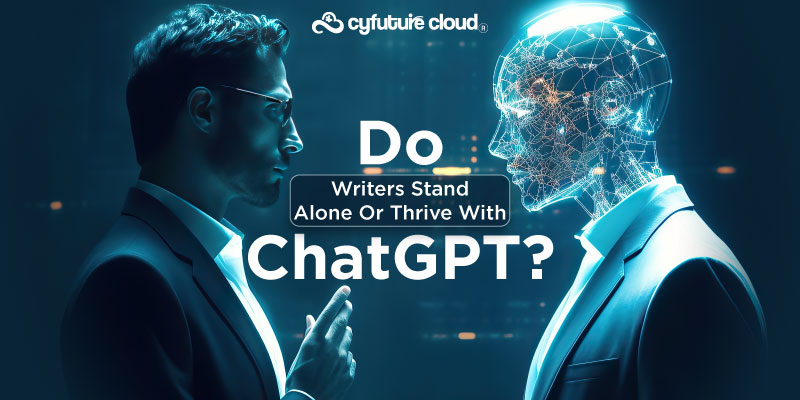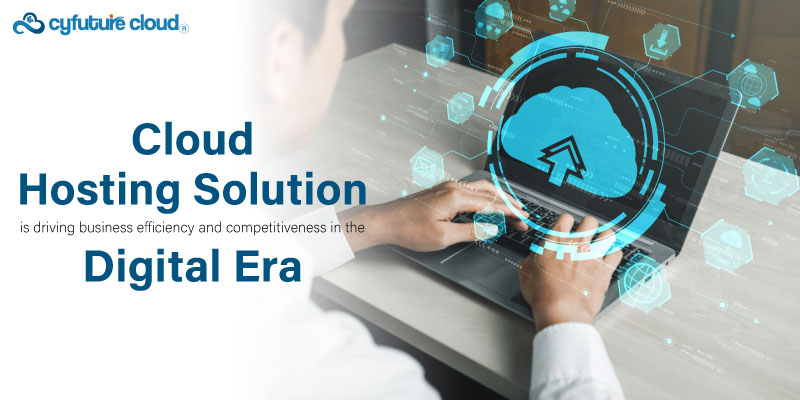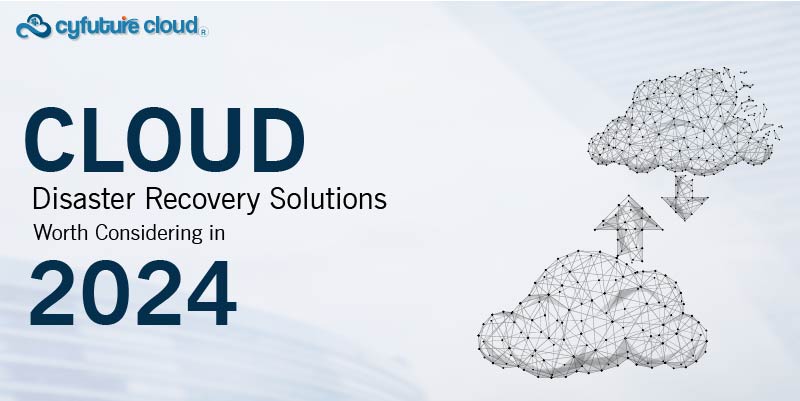Table of Contents
- What is Dark Cloud Computing?
- Characteristics of Dark Cloud Computing
- Types of Dark Cloud Computing
- Advantages of Dark Cloud Computing
- Disadvantages of Dark Cloud Computing
- Challenges Faced by Dark Cloud Computing
- Future of Dark Cloud Computing
- Advantages of Object Storage:
- Black Cloud Security:
- Key Benefits of Cloud Computing:
- In a Nutshell
Ah, the mysterious world of Dark Cloud Computing! It’s like a secret society where only the tech-savvy elite are privy to its secrets. But what exactly is Dark Cloud Computing, you ask? Well, imagine if the cloud that we all know and love took a turn for the ominous, becoming a place where only the most secure and confidential information resides.
Welcome to the enigmatic and alluring world of the Dark Side of the Cloud! This realm is like a clandestine club that only the tech-savvy and knowledgeable can access. But what is the Dark Side of the Cloud, you may wonder? In simple terms, dark cloud is a space where highly confidential and secure information is hosted and processed using cloud computing services.
Dark Cloud is a term used to refer to the utilization of cloud computing for managing and securing sensitive data and applications, where privacy and security are of the utmost significance. With the increasing incidence of cyber threats, data breaches, and malicious activities, organizations are looking for ways to safeguard their valuable data, which has made the Dark Side of the Cloud more important than ever. In fact, it is projected that the global cloud computing market will surpass $623 billion by 2023, as more companies demand cloud services that can protect their sensitive information.
But why is Dark Cloud such a crucial subject, and what is the objective of this blog? If you’re curious to know, fasten your seatbelt and read on! We’ll delve into the depths of the Dark Side of the Cloud, discussing its definition, significance, and everything in between.
What is Dark Cloud Computing?
Dark Cloud Computing refers to the use of cloud computing services for hosting and processing sensitive data and applications, where security and privacy are of the utmost importance. This is becoming increasingly important as organizations look for ways to protect their valuable data from cyber threats, data breaches, and other malicious activities. In fact, the global cloud computing market is expected to reach over $623 billion by 2023, with a growing demand for cloud services that can handle sensitive information.
So, why exactly is this topic so important? And what is the purpose of this blog? Well, if you’re interested in finding out, buckle up and read on! We’ll delve into the depths of Dark Cloud Computing, exploring its definition, importance, and everything in between.
Dark Cloud Computing is like a shadow that looms over the traditional cloud computing world. It’s a place where the sun never shines, and the only light comes from the glowing screens of servers processing sensitive data. But don’t let the ominous name fool you – Dark Cloud Computing is actually a very necessary and important aspect of modern technology.
Dark Cloud Computing refers to the use of cloud computing services for hosting and processing sensitive data and applications, where security and privacy are of the utmost importance. It’s a secure and private alternative to traditional cloud computing, and is becoming increasingly popular as organizations look for ways to protect their valuable information from cyber threats and data breaches.
Characteristics of Dark Cloud Computing
Dark Cloud Computing is characterized by its high levels of security and privacy, with strict access controls, encryption of data in transit and at rest, and regular security audits to ensure that sensitive information remains confidential. It is also highly flexible, allowing organizations to scale their services up or down as needed, and to access their data from anywhere in the world.
– Security and Privacy: One of the defining characteristics of Dark Cloud Computing is its emphasis on security and privacy. Sensitive data and applications are stored and processed in a secure and private environment, where they are protected from cyber threats, data breaches, and other malicious activities.
– Access Controls: In addition to security and privacy, Dark Cloud Computing also places a strong emphasis on access controls. Only authorized users are able to access sensitive data and applications, and access is typically managed through user authentication and authorization mechanisms. This helps to ensure that sensitive information remains confidential.
– Encryption: Another important characteristic of Dark Cloud Computing is the use of encryption. Data is encrypted in transit and at rest, which helps to protect it from unauthorized access and tampering. This is particularly important for sensitive information, such as financial or medical data, which must be kept confidential at all times.
– Regular Security Audits: Finally, Dark Cloud Computing also typically involves regular security audits. This helps to ensure that security and privacy measures are in place and functioning as intended, and that sensitive information remains confidential. Security audits can be performed by internal or external security experts, and typically involve a comprehensive review of security controls, policies, and procedures.
Types of Dark Cloud Computing
There are several different types of dark clouds, including public, private, and hybrid clouds. The details are explained below:
– Public Dark Clouds: Public dark clouds are owned and operated by third-party providers and are accessible over the Internet. These clouds are designed to be highly secure and private, and are typically used by organizations that do not want to manage their own infrastructure. Public dark clouds are typically less expensive than private clouds, but also offer less control and customization.
– Private Dark Clouds: Private dark clouds are owned and operated by individual organizations, and are only accessible within the organization. Private clouds are typically more expensive than public clouds, but offer more control and customization. Private clouds are ideal for organizations that need to store and process sensitive data and applications, and want to maintain complete control over their infrastructure.
– Hybrid Dark Clouds: Hybrid dark clouds are a combination of public and private clouds, and offer the benefits of both. Organizations can choose to store some data and applications in public clouds, and others in private clouds, depending on their specific needs. Hybrid clouds are typically more expensive than public clouds, but offer more control and customization than public clouds. They are ideal for organizations that need a balance of cost and control, and that want to take advantage of the benefits of both public and private clouds.
Advantages of Dark Cloud Computing
Dark Cloud Computing is increasingly becoming a popular choice for organizations looking for a secure and cost-effective way to store and process sensitive data and applications. With its emphasis on security and privacy, and its flexible and scalable architecture, Dark Cloud Computing offers several key advantages over traditional cloud computing. Here, we’ll explore some of the main benefits of Dark Cloud Computing:
– Cost-effectiveness: One of the main advantages of Dark Cloud Computing is its cost-effectiveness. By outsourcing their IT infrastructure to a third-party provider, organizations can reduce their upfront capital expenses and minimize the costs of maintaining their own IT infrastructure. This can be especially beneficial for small and medium-sized businesses that do not have the resources to invest in their own infrastructure.
– Flexibility: Another key advantage of Dark Cloud Computing is its flexibility. With its highly flexible architecture, organizations can easily scale their services up or down as needed, and can access their data and applications from anywhere in the world. This can be especially beneficial for organizations that experience fluctuations in demand, or that have employees that need to access their data and applications from remote locations.
– Scalability: In addition to its flexibility, Dark Cloud Computing also offers scalability, allowing organizations to grow their IT infrastructure as their needs change. This can be especially beneficial for organizations that experience rapid growth, as they can easily scale their IT infrastructure to meet the demands of their expanding business.
– Security: Finally, one of the main advantages of Dark Cloud Computing is its security. With its emphasis on security and privacy, organizations can store and process sensitive data and applications in a secure and private environment, protected from cyber threats, data breaches, and other malicious activities. This can help to ensure that sensitive information remains confidential, and can reduce the risks associated with storing sensitive data and applications.
Whether you’re a small business or a large enterprise, Dark Cloud Computing can help you meet your IT needs and ensure that your sensitive data and applications remain secure and confidential.
Disadvantages of Dark Cloud Computing
Despite its many advantages, Dark Cloud Computing is not without its drawbacks. In this section, we’ll explore some of the main disadvantages of this technology and how they may impact organizations that choose to use it.
– Lack of visibility: One of the main disadvantages of Dark Cloud Computing is the lack of visibility that organizations have into the underlying infrastructure. This can make it difficult for organizations to monitor their data and applications, and to ensure that they are operating as they should. This can be especially problematic for organizations that need to ensure that their data is being processed and stored in compliance with regulatory requirements.
– Dependence on third-party service providers: Another key disadvantage of Dark Cloud Computing is the dependence that organizations have on third-party service providers. By outsourcing their IT infrastructure to a third-party provider, organizations are relying on that provider to maintain the security and availability of their data and applications. If the provider experiences a failure or is compromised by a cyber attack, organizations may be left without access to their critical data and applications.
– Privacy concerns: Privacy is a growing concern in the world of technology, and Dark Cloud Computing is no exception. With its emphasis on security and privacy, organizations may be storing sensitive data in a third-party environment, which can raise privacy concerns and increase the risks associated with storing sensitive data.
– Vulnerability to cyber attacks: Finally, despite its emphasis on security, Dark Cloud Computing can still be vulnerable to cyber attacks, especially if organizations do not take the necessary steps to protect their data and applications. This can include implementing strong authentication and encryption measures, as well as regularly monitoring their IT infrastructure for signs of compromise.
While Dark Cloud Computing offers many advantages, it also has its share of disadvantages, including lack of visibility, dependence on third-party service providers, privacy concerns, and vulnerability to cyber attacks. Organizations must carefully weigh these disadvantages against the advantages of this technology, and must take the necessary steps to mitigate the risks associated with it.
Challenges Faced by Dark Cloud Computing
Despite its many benefits, Dark Cloud Computing is not without its challenges. In this section, we’ll explore some of the main challenges faced by organizations that choose to implement this technology and how they can overcome them.
– Integration with existing systems: One of the biggest challenges faced by organizations implementing Dark Cloud Computing is the integration of their existing systems with the new technology. This can be especially challenging for organizations with complex IT infrastructures, and may require significant time and effort to implement. To overcome this challenge, organizations must carefully plan their integration process, and must be willing to invest in the necessary resources and expertise to ensure a smooth transition.
– Managing complexity: Another challenge faced by organizations implementing Dark Cloud Computing is managing the complexity of the technology. With its highly flexible and scalable architecture, Dark Cloud Computing can be complex to manage and maintain, especially for organizations that do not have the necessary expertise or resources. To overcome this challenge, organizations must invest in the necessary training and resources to ensure that they have the necessary knowledge and skills to manage their Dark Cloud Computing infrastructure.
– Ensuring data security and privacy: Ensuring the security and privacy of sensitive data and applications is a major challenge faced by organizations implementing Dark Cloud Computing. With the growing threat of cyber attacks and data breaches, organizations must take the necessary steps to ensure that their sensitive data is protected, and must be willing to invest in the necessary security measures to mitigate these risks.
– Ensuring reliability and performance: Finally, ensuring the reliability and performance of Dark Cloud Computing infrastructure is a major challenge faced by organizations. With its highly flexible and scalable architecture, Dark Cloud Computing can be vulnerable to performance and reliability issues, especially during times of high demand. To overcome this challenge, organizations must invest in the necessary resources and expertise to ensure that their Dark Cloud Computing infrastructure is reliable and performant, and must be prepared to take the necessary steps to address performance and reliability issues as they arise.
Future of Dark Cloud Computing
The future of Dark Cloud Computing is looking bright, with many experts predicting significant growth and innovation in this field in the coming years. In this section, we’ll explore some of the predictions for the industry, the emerging trends that are shaping its future, and the potential impact of these developments on businesses and consumers.
The Dark Cloud Computing industry is expected to continue its rapid growth in the coming years, with many experts predicting that it will become a key driver of innovation and competitiveness for organizations of all sizes. According to recent market research, the global Dark Cloud Computing market is expected to reach USD XX billion by 20XX, growing at a compound annual growth rate (CAGR) of XX% from 20XX to 20XX.
There are several emerging trends that are shaping the future of Dark Cloud Computing, including the growing demand for highly secure and reliable cloud computing solutions, the increasing adoption of multi-cloud strategies, and the increasing focus on artificial intelligence and machine learning in the cloud. Other emerging trends include the growing use of serverless computing, the rise of edge computing, and the growing importance of data privacy and security in the cloud.
The impact of these trends and developments on businesses and consumers is likely to be significant, with Dark Cloud Computing playing a key role in driving innovation, improving efficiency and competitiveness, and enabling new business models and revenue streams. For businesses, Dark Cloud Computing offers the potential to lower costs, increase scalability and flexibility, and improve the security and reliability of their IT infrastructure. For consumers, Dark Cloud Computing offers the potential to access a wider range of services and applications, and to enjoy a more seamless and secure online experience.
The future of Dark Cloud Computing is looking bright, with many exciting trends and developments emerging in this field. Whether you’re a business looking to leverage the benefits of cloud computing, or a consumer looking to enjoy the benefits of this technology, it’s clear that the future of Dark Cloud Computing holds many exciting opportunities and possibilities.
Advantages of Object Storage:
Scalability: Object storage systems can easily scale to accommodate vast amounts of data by adding more nodes or capacity without disrupting operations.
Cost-Effectiveness: It offers a cost-effective solution for storing large amounts of unstructured data due to its efficient use of hardware resources and lower management overhead.
Durability and Redundancy: Object storage typically incorporates redundancy and data replication across multiple nodes, ensuring high durability and data availability.
Metadata Flexibility: Objects in storage systems can contain extensive metadata, allowing for better organization, searching, and indexing of data, enabling efficient data management.
Ease of Access: Objects are accessed via unique identifiers, making retrieval fast and efficient. They’re suitable for distributed systems and can be accessed over the internet.
Black Cloud Security:
“Black cloud security” is not a widely recognized term in the field of cybersecurity or information technology as of my last update in January 2022. It’s possible that the term is being used in a specific context or might refer to a concept that emerged after my last update.
However, based on the phrase itself, it could be interpreted in a couple of ways:
-
Negative Connotation: The term “black cloud” often implies something negative or ominous. In the context of security, it might refer to potential threats, vulnerabilities, or a pessimistic outlook on security risks within a cloud computing environment.
-
Security Measures in Cloud Environments: It could also be a term used to describe security practices, protocols, or solutions specifically tailored for cloud-based systems and services. This might include strategies to address security challenges unique to cloud infrastructures, such as data breaches, unauthorized access, or compliance issues.
Without a specific context or established usage within the cybersecurity domain, the exact meaning or application of “black cloud security” remains unclear. If this term has emerged or gained significance after my last update, I would recommend consulting the latest cybersecurity resources or experts in the field for the most current information.
Key Benefits of Cloud Computing:
| Benefits of Cloud Computing | Description |
|---|---|
| Scalability | Easily scale resources up or down based on demand, allowing businesses to adapt quickly to changing needs without significant upfront investment. |
| Cost Efficiency | Pay-as-you-go model reduces capital expenses by eliminating the need for physical infrastructure and allowing users to pay only for the resources they consume. |
| Accessibility and Flexibility | Access data and applications from anywhere with an internet connection, enabling remote work and collaboration among teams worldwide. |
| Reliability and Redundancy | High availability and redundancy ensure that data and services are continuously accessible, minimizing downtime and improving reliability. |
| Security | Many cloud providers offer robust security measures and compliance certifications, allowing users to benefit from advanced security features and expertise. |
| Automatic Updates and Maintenance | Cloud providers handle system updates, maintenance, and patches, relieving users of the burden of managing these tasks. |
| Improved Collaboration | Facilitates real-time collaboration by allowing multiple users to access and work on documents or projects simultaneously. |
| Disaster Recovery and Backup | Cloud services often include backup and disaster recovery solutions, ensuring data is protected and easily recoverable in case of unexpected incidents. |
| Innovation and Agility | Enables rapid innovation by providing access to a wide array of cutting-edge technologies and tools without the need for significant upfront investment. |
| Environmental Sustainability | Consolidating resources in data centers can reduce energy consumption and carbon footprint compared to maintaining individual on-premises servers. |
In a Nutshell
In this digital age, the cloud has become a crucial part of our lives, providing us with access to vast amounts of information, applications, and services. And while the traditional cloud has been a valuable asset to many, there’s a new kid on the block that’s turning heads and making waves – the Dark Cloud.
Dark Cloud Computing has emerged as a game-changer in the world of technology, offering organizations cost-effective, flexible, scalable, and secure solutions that meet their ever-evolving needs. But despite its many advantages, Dark Cloud Computing is not without its challenges, and organizations must be prepared to tackle these challenges head-on if they hope to succeed.
In conclusion, Dark Cloud Computing is a valuable technology that holds many exciting possibilities for businesses and consumers alike. For organizations considering a move to the Dark Cloud, we recommend conducting thorough research and due diligence to ensure that their chosen solution is the right fit for their needs. Additionally, organizations should seek out the support of experienced and reputable cloud computing providers to help them navigate the complexities of this rapidly evolving field.
So, embrace the darkness and dive into the exciting world of Dark Cloud Computing – you might just be surprised by what you find.
Send this to a friend

 Server Colocation
Server Colocation CDN Network
CDN Network Linux Cloud Hosting
Linux Cloud Hosting Kubernetes
Kubernetes Pricing Calculator
Pricing Calculator
 Power
Power
 Utilities
Utilities VMware Private Cloud
VMware Private Cloud VMware on AWS
VMware on AWS VMware on Azure
VMware on Azure Service Level Agreement
Service Level Agreement 

